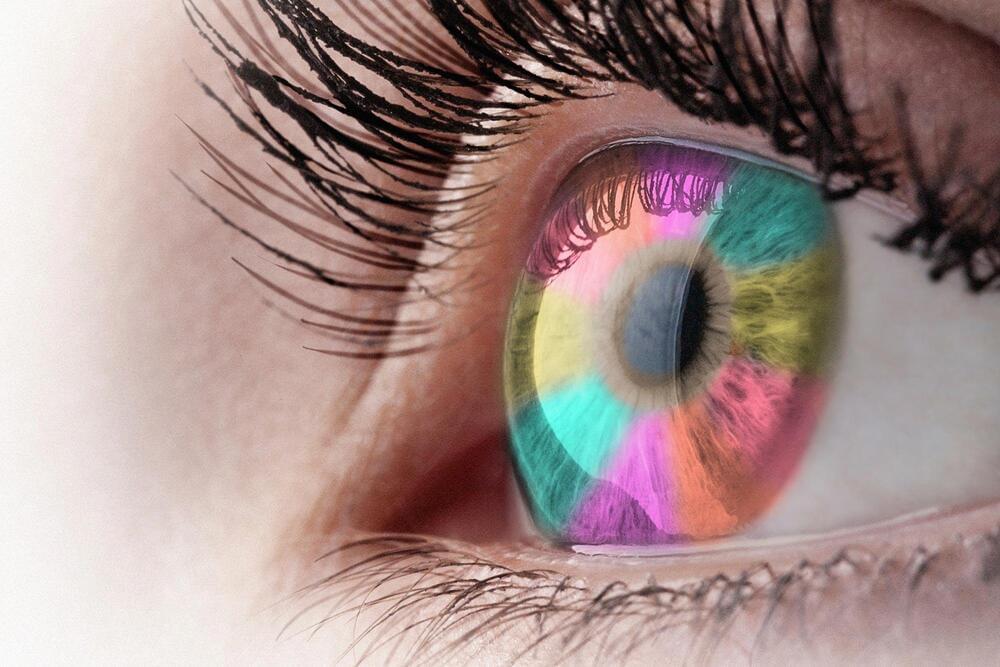Rochester researchers harnessed adaptive optics to gain insight into the complex workings of the retina and its role in processing color. They have identified elusive retinal ganglion cells (RCGs) in the eye’s fovea that could explain how humans see red, green, blue, and yellow.
Scientists have long wondered how the eye’s three cone photoreceptor types work together to allow humans to perceive color. In a new study in the Journal of Neuroscience, researchers at the University of Rochester used adaptive optics to identify rare retinal ganglion cells (RGCs) that could help fill in the gaps in existing theories of color perception.
The retina has three types of cones to detect color that are sensitive to either short, medium, or long wavelengths of light. Retinal ganglion cells transmit input from these cones to the central nervous system.









Comments are closed.